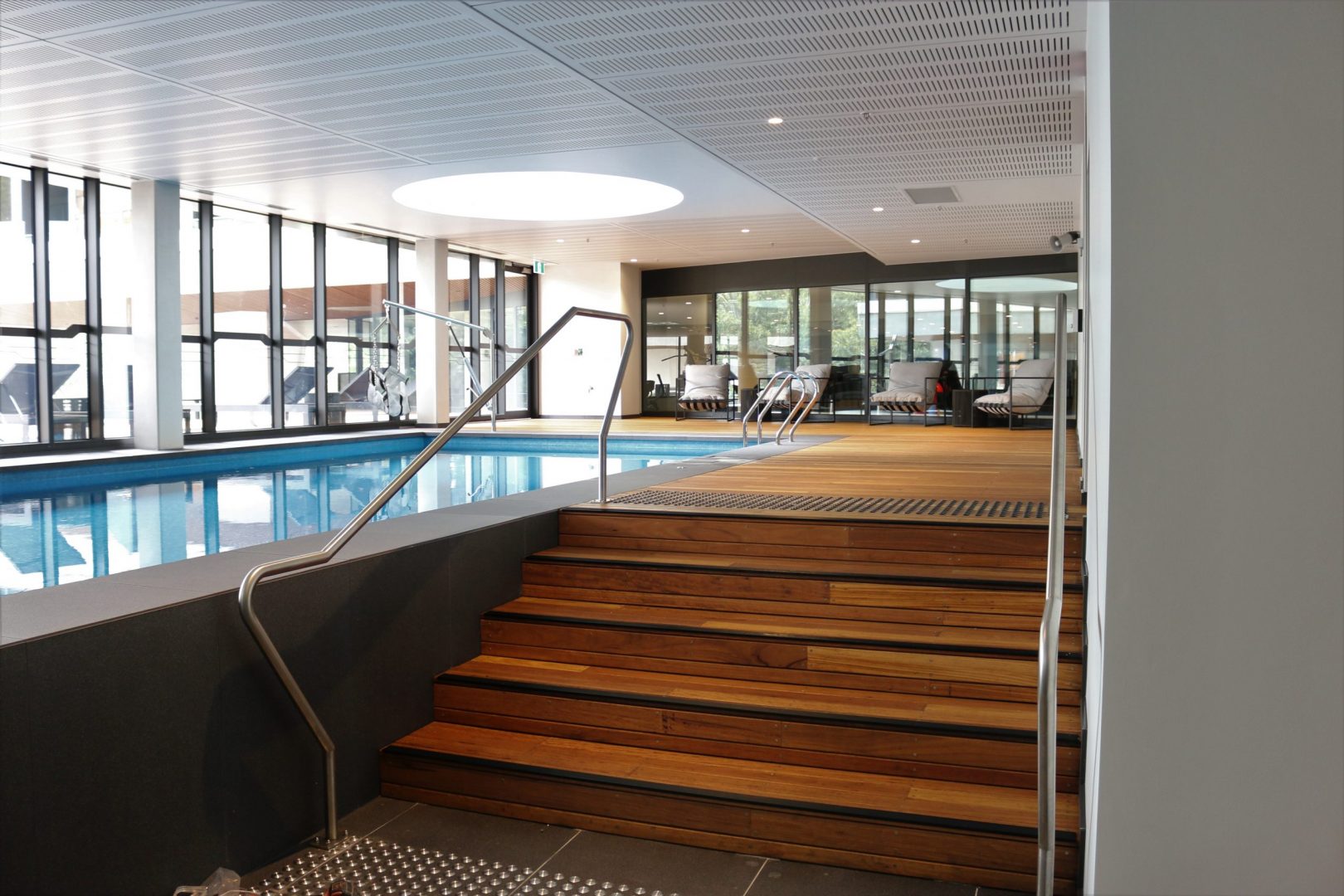Medical services labourers have been at the front line during the COVID pandemic, with hospitals and clinical offices stuck to limit, facing deficiencies of basic supplies, and working in what may be the most high-hazard climate conceivable. Through everything, medical care offices must be among the fastest to respond to changing conditions welcomed by the pandemic.
This brought about brisk, innovative thinking due to legitimate need. Hospitals went to new techniques and areas to guarantee there were sufficient beds and rooms to oblige an unexpected influx of patients beset with an exceptionally infectious illness.
While it’s way too soon to know the pandemic’s drawn-out impacts on the medical care framework, post-pandemic hospital and medical services office configuration has become a regular topic of discussion. This could assist hospitals with being prepared to deal with the following mass-scale wellbeing emergency, and construction firms will assume a critical part in how the clinical industry rethinks the fabricated climate.
Greater Flexibility Needed
Hospitals should be more adaptable in the number of patients they can deal with. For instance, by being ready to quickly change an ICU unit into a COVID-19 patient unit as certain hospitals have done. To do as such, it needs to be conceivable to effectively cordon off certain zones of hospitals to moderate the spread of an infectious illness. This needs, for instance, truly walling the territories off and expanded HVAC frameworks that can properly cleanse the air.
Modular Design
A modular plan in hospital construction is additionally liable to see an uptick. Such a plan takes into consideration custom-building spaces, including portable dividers to change limit and the capacity to close regions from the remainder of the hospital. Secluded units likewise give hospitals the adaptability to commit the main part of their space to a wellbeing emergency without having to abridge non-dangerous medical procedures or therapies. A modular wing of a hospital can remain open and treat patients receiving elective medical procedure without jeopardizing their wellbeing, securely secluded off from the main hospital unit, even furnished with a discrete ventilation framework.
Changing Where Care is Delivered
Hospitals are planned uniquely in contrast to most buildings. Huge elevators and wide foyers need to oblige patients on hospital beds being moved around the office. Be that as it may, most weren’t intended to withstand a modularly quick influx of patients as seen for this present year. This prompted the construction of purported elective consideration offices (ACFs), which guaranteed any quiet who needed a bed or a ventilator could get them. Field hospitals were set up at different conference halls, playing fields, and in any event, parking parts. A portion of these destinations included a huge number of impermanent beds and kitted out with clinical gear needed to treat patients.
Miniature Hospitals
The fate of clinical focuses is probably going to include alleged miniature hospitals. These more modest in scale crisis care offices are intended for more limited stays to assist patients with avoiding pauses and are equipped for providing a similar degree of care as bigger hospitals. These tiny hospital habitats would already be able to be found in 19 states. They’re seen as a likely answer to address the inequality around admittance to mind we’ve seen during the pandemic. As well as taking some pressing factor off of bigger hospitals, given their unassuming height, miniature hospitals can be immediately worked according to a region’s modular needs, even in networks regularly underserved by the hospital framework.
View our profile on ICN Gateway
Search for “domestic construction”. 













